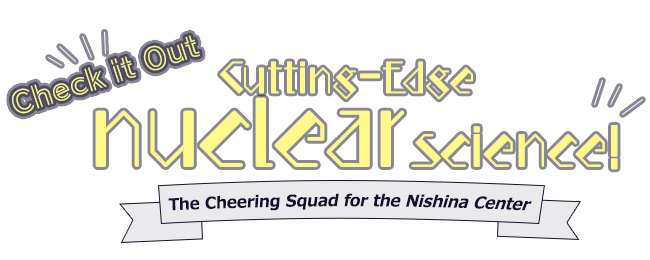
Lighting up unstable nuclei with a laser
Interview with Dr. Aiko Takamine, Nuclear Spectroscopy Laboratory
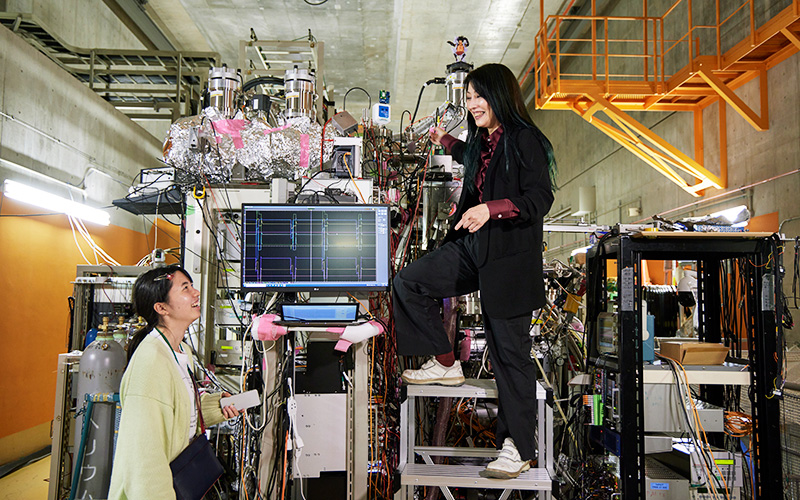
What is Dr. Aiko Takamine’s research about?
Dr. Takamine, affiliated with the Nuclear Spectroscopy Laboratory, conducts research to decelerate RIs (radioactive isotopes, or unstable nuclei) created in the RI Beam Factory (RIBF) with her own device called the SLOWRI, and accurately measure the mass and lifespan of RIs. An RI is “unstable” in the sense that the number of neutrons and protons changes in a short time. Clarifying the mass and lifespan of RIs is expected to lead to the elucidation of the process of nucleosynthesis, which is believed to take place via such nuclei.

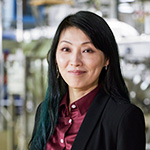
Dr. Takamine completed her doctoral course in the Graduate School of Arts and Sciences, the University of Tokyo, earning a PhD in 2007. After working at Aoyama Gakuin University, she joined the Nishina Center in 2015. Her hobbies include heavy metal music, aikido and drawing on her iPad.
Q1Please tell us about your research.
Takamine:In addition to stable and abundant atomic nuclei in nature, there are also RIs that have a short lifespan and cannot be obtained unless they are artificially created by the RIBF. Examining this RI is very important to understand how the atoms of this world were created. However, the nuclei in the RIBF are traveling at 70% of the speed of light, and are difficult to investigate. I made a device that slows down the beam of these RIs and catch them through ion trapping, so that they can be examined, and their mass accurately measured. In the future, I want to examine the shape and the size of the nucleus by laser nuclear spectroscopy, in which you apply a laser to the trapped RIs and observe the emitted light.
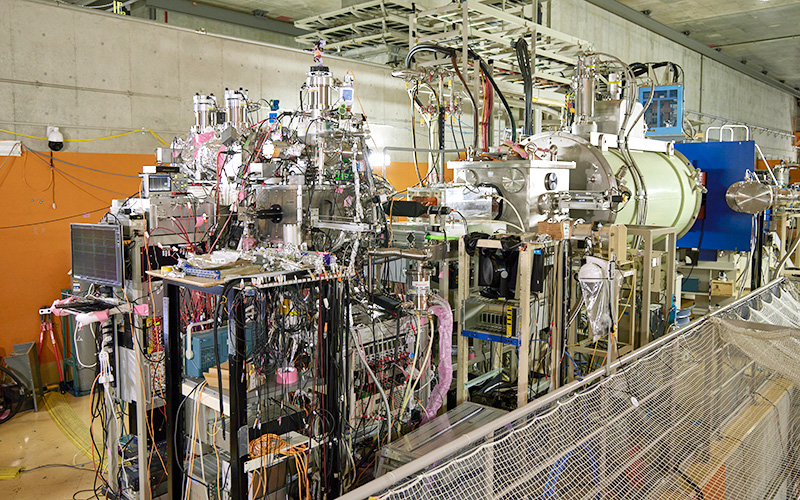
Dr. Takamine’s SLOWRI device, which traps RIs, and the apparatus that measures their mass.
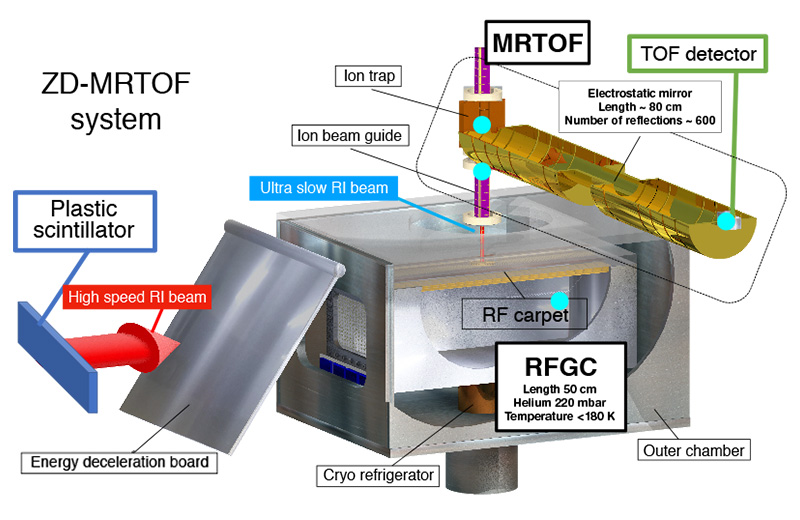
ZD-MRTOF System. A device made by Dr. Takamine. The fast RIs incident from the left side of the figure are decelerated in the RFGC, then released upward through a hole in the center of the top of the box. Then, the mass is measured with the golden cylinder (MRTOF) on the upper right of the figure.
Q2Is it possible to use a laser to examine the states of atomic nuclei?
Takamine:Yes! I’m proud of this — no other team in the world is doing research on ion trapping of RIs like those created by RIKEN accelerators and investigating them with laser nuclear spectroscopy. It’s boring to do research that everyone else is doing. Also, laser spectroscopy is really fun — I can play with the laser all day long.
Q3You really love lasers, don’t you? What do you find attractive about them?
Takamine: Lasers can measure physical quantities extremely accurately. Also, it is possible to obtain measured values without relying on nuclear theory, that is, when you want to investigate physical quantities, such as spin and nuclear spread, you can see the desired physical quantity at a glance by looking at the wavelength of the emitted light. Since the relationship between what can be measured and the value you want to know is clear, you can obtain a reliable value without going through an incomplete theory. It is very strong as a method of verifying the theory. Theorists often say, “Measure this quickly.” I remember once, some years ago, I was doing research to irradiate an ion-trapped RI with a laser. I still can’t forget the excitement when I visually confirmed that the RI was caught from the laser emission in that research. I was so happy that I shouted “Ahhhhh!!!” so loud that the laser lock came off. It didn’t cause any particular problem with the experiment, but I got scolded.
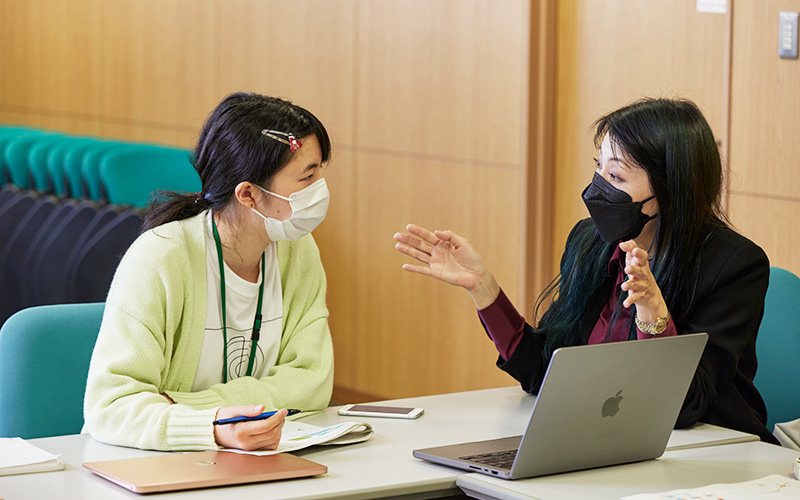
Q4Your worktable looks like a place where all the action is.
Takamine:I’m sorry, it’s a little messy. While developing the equipment, I prepare prototypes here every day and make various things. I’m always making mistakes. Sometimes I put too much pressure on the helium and blow the lid off this box (pointing to a metal box on the floor). The parts of this Paul trap have also failed. Usually something goes wrong, so I rebuild it until it works. That is device development.
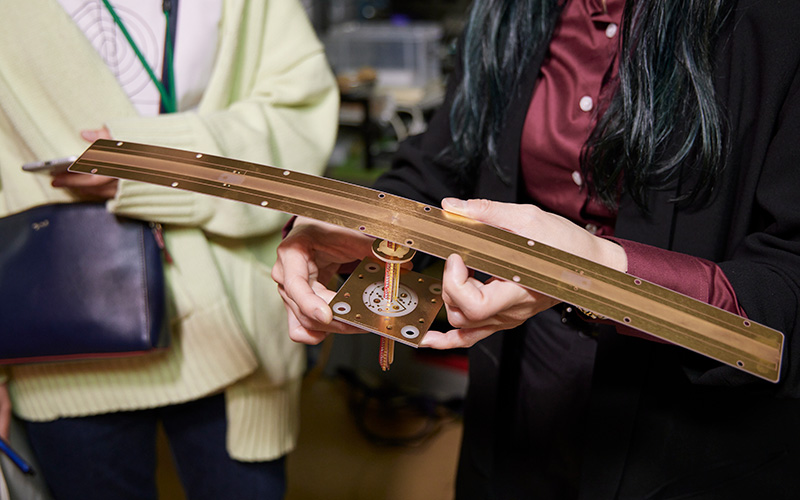
A prototype part beside the worktable.
Q5You make the device for the measurement from scratch?
Takamine:That’s right. We build equipment from scratch, write the analysis programs, make presentations and obtain the budgets. Actually, there are some research fields where many people divide up a large project and one person does only part of the whole research. In the field of nuclear physics, of course teamwork is essential, but quite a few people play various roles. In such conditions, you are forced to grow because you have to study hard to acquire the various knowledge needed. Besides, you can lead the project yourself, so you can do what you want. I think that kind of thing is fun, and I think it suits me.
Q6I still don’t understand the quantum theory that I’m studying at university. How long did it take you to understand it?
Takamine:There are many things I still don’t understand. For the time being, just get used to it and be able to calculate. Even if you can calculate it, it doesn’t mean you can understand it — no one in the world really understands it completely. My goal is to deepen my understanding of quantum theory before I die.
(Interviewed in April, 2022)
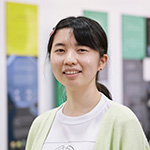
After the interview
Dr. Takamine impressed me with her strong and passionate voice as she tossed her long, green-streaked hair and put on a black jacket over her wine red shirt. She had an aura like a stage actress. I was surprised when she casually said, “I still don’t understand quantum theory.” Because I had thought I couldn’t do much research without properly understanding the theory, I felt lighter with her words, as if a burden had been lifted from my shoulders.


 Superheavy Element Research Group
Superheavy Element Research Group Ion Beam Breeding Group
Ion Beam Breeding Group Nuclear Many-body Theory Laboratory
Nuclear Many-body Theory Laboratory Instrumentation Development Group
Instrumentation Development Group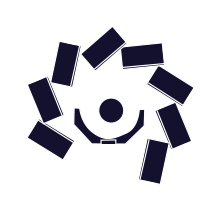 Radioactive Isotope Physics Laboratory
Radioactive Isotope Physics Laboratory Spin Isospin Laboratory
Spin Isospin Laboratory Accelerator Basic Research Department
Accelerator Basic Research Department RI Application Research Group
RI Application Research Group